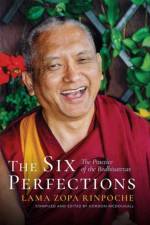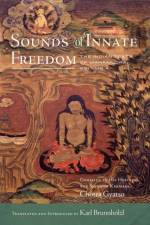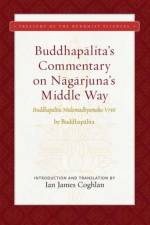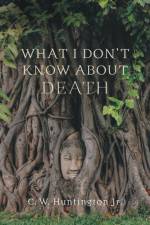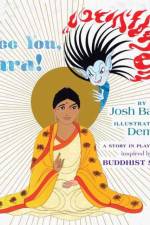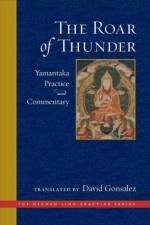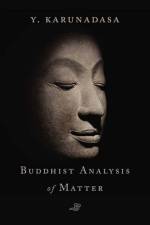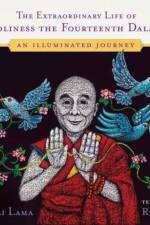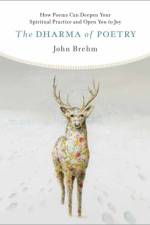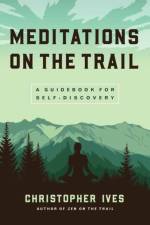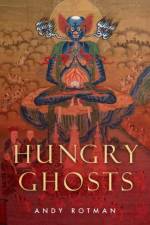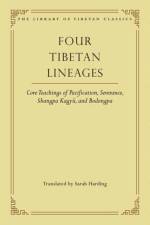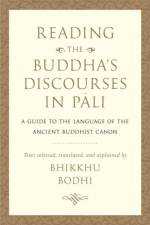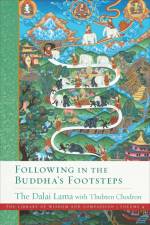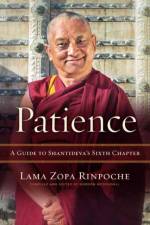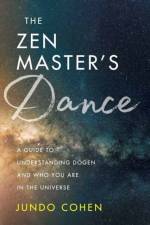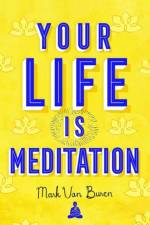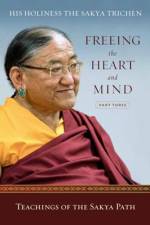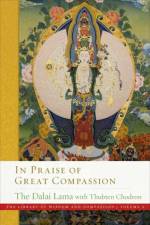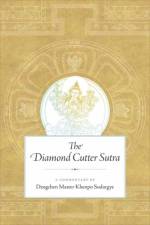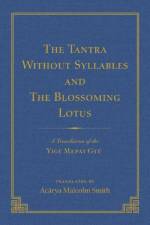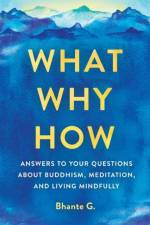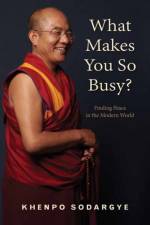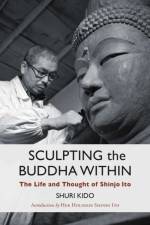- Core Teachings of Pacification, Severance, Shangpa Kagyu, and Bodongpa
795,-
New translations of teachings on meditative practice from four highly influential Tibetan Buddhist traditions. Drawing primarily from the Pacification, Severance, Shangpa Kagyü, and Bodongpa traditions, Four Tibetan Lineages presents some of Tibet’s most transformative yet lesser-known teachings on meditative practice. Most works in this volume are drawn from a Tibetan anthology known as the Treasury of Precious Instructions compiled by Jamgön Kongtrul Lodrö Thayé (1813–1900). A vast preservation project, this anthology reflects Kongtrul’s attempt to rescue rare teachings from disappearing. By foregrounding the teachings of masters like Khedrup Khyungpo Naljor (d. 1135), Dampa Sangyé (d. 1117), Machik Labdrön (1031/55–1126/50), Jonang Taranatha (1575–1634), and Jamyang Khyentsé Wangpo (1820–92), this volume extends Jamgön Kongtrul’s preservation efforts into the modern world. ___ "This carefully researched and meticulously organized work presents serious students and practitioners of Tibetan Buddhism with a treasury of knowledge, wisdom, and clearly detailed practices. At a time when the continuity of the Tibetan tradition of valid masters and lineage holders is challenged, this publication will serve to both clarify and preserve the lineages’ gems." —Jetsunma Tenzin Palmo, Founding Director of Dongyu Gatsal Ling Nunnery, author of Reflections on a Mountain Lake: Teachings on Practical Buddhism "A collection of unique and precious original translations from one the most experienced first-generation Western translators of Tibetan texts. This book is like a delicious box of chocolates to be eaten slowly, and each one savored and appreciated as a special gift." —Lama Tsultrim Allione, Founder of Tara Mandala, author of Wisdom Rising "The massive collection of scriptures preserved by the nineteenth-century masters Jamgön Kongtrul Lodrö Thayé and Jamyang Khyentsé Wangpo can be overwhelming for contemporary readers in their richness. We are fortunate to have access to this carefully selected compilation of interrelated core teachings from four important Tibetan lineages—Pacification, Severance, Shangpa Kagyü, and Bodong—all beautifully rendered with Sarah Harding’s cogent and elegant translation expertise." —Sarah Jacoby, Associate Professor of Religious Studies at Northwestern University, author of Love and Liberation: Autobiographical Writings of the Tibetan Buddhist Visionary Sera Khandro "Four Tibetan Lineages contains gems of practice-oriented instructions from four distinct Buddhist lineages, prominent in Tibet but lesser known internationally, namely, Pacification, Severance, the Shangpa Kagyü, and Bodong tradition. Drawn mainly from Jamgön Kongtrul’s famed Treasury of Precious Instructions, this ecumenical collection of profound teachings is masterfully translated by Sarah Harding." —Holly Gayley, Associate Professor of Buddhism in the Department of Religious Studies at the University of Colorado Boulder, author of A Gathering of Brilliant Moons: Practice Advice from the Rimé Masters of Tibet

